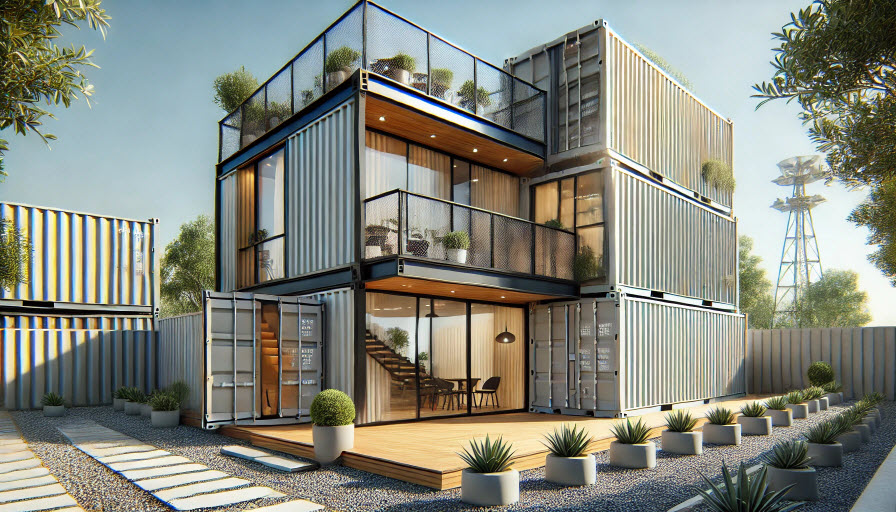Weather Resistance of Container Homes
Container homes are naturally weather-resistant due to the steel structure they are built from. However, certain modifications and treatments can enhance their ability to withstand extreme weather, ensuring the homes remain comfortable and safe in various climates.
1. Protection Against Heat and Humidity
In Uganda and South Sudan, temperatures can soar, particularly during the dry season. To make prefab container houses suitable for these hot climates, insulation and ventilation are critical. Without proper insulation, steel containers can become excessively hot during the day and lose heat rapidly at night. Adding thermal insulation helps regulate the internal temperature, making the container house more comfortable.
Ventilation systems, such as roof vents, fans, or air conditioning units, can also be installed to ensure airflow, reducing heat buildup inside the home. Additionally, some container houses incorporate green roofs or shading structures to keep the surface of the container cool.
2. Resisting Heavy Rain and Flooding
Both Uganda and South Sudan experience significant rainfall during the wet seasons, which can lead to flooding and water damage. Prefab container homes are naturally elevated due to their design, but additional modifications can be made to further protect them from water. For example, raising the container on stilts or a concrete foundation can prevent flooding from damaging the interior.
To combat water penetration, waterproof coatings are often applied to the exterior of the containers. These coatings seal any gaps or weak points, preventing water from seeping in. Properly installed drainage systems around the home can also divert rainwater away, reducing the risk of flooding.
3. Wind Resistance and Storm Durability
The strong steel frame of a prefab container house makes it resistant to high winds and storms. In coastal areas or regions prone to strong winds, like parts of South Sudan, the container’s structure can easily be anchored to the ground using steel reinforcements or concrete foundations. This ensures the home remains stable even during intense storms or hurricanes.
Furthermore, the compact design of a container house minimizes the surface area exposed to the wind, making it less likely to suffer damage compared to more traditional buildings.







